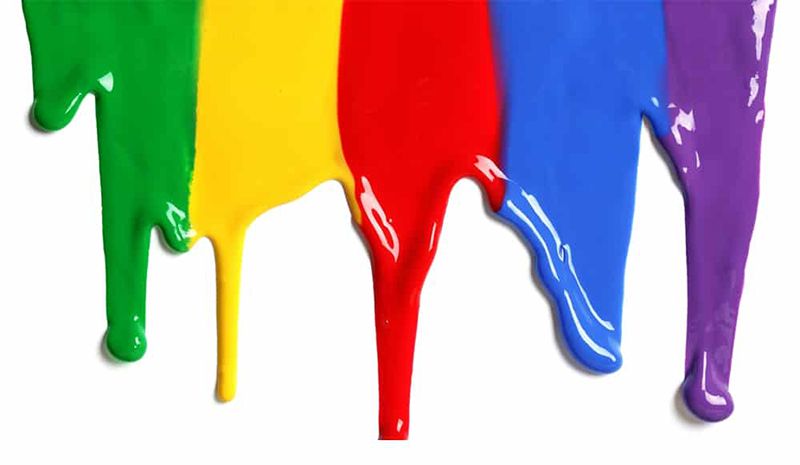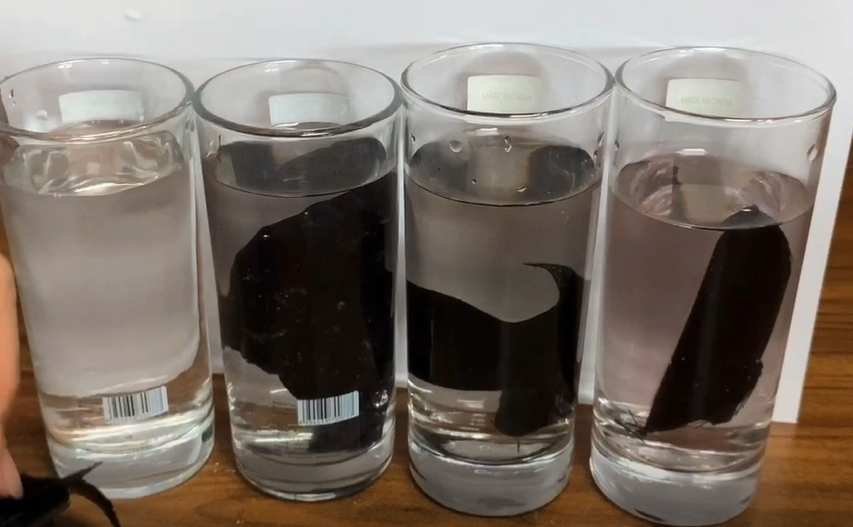Dyeing fastness refers to the fading of dyed fabrics under the action of external factors (extrusion, friction, washing, rain, exposure, light, seawater immersion, saliva immersion, water stains, sweat stains, etc.) during use or processing Degree is an important indicator of fabrics. The most commonly used items are wash resistance, light resistance, friction resistance and perspiration resistance, ironing resistance, and weather resistance.Then how to test fabric color fastness?

1. Color fastness to washing
The specimens are sewn together with a standard backing fabric, washed, washed and dried, and washed at the appropriate temperature, alkalinity, bleaching and rubbing conditions to obtain test results in a relatively short period of time. The friction between them is accomplished by rolling and impacting with a small liquor ratio and an appropriate number of stainless steel balls. The gray card is used for rating and the test results are obtained.
Different test methods have different temperature, alkalinity, bleaching and friction conditions and sample size, which should be selected according to test standards and customer requirements. Generally, the colors with poor color fastness to washing include green orchid, bright blue, black red, navy blue, etc.

2. Color fastness to dry cleaning
The same as the color fastness to washing, except that the washing is changed to dry cleaning.
3. Color fastness to rubbing
Put the sample on the rubbing fastness tester, and rub it with a standard rubbing white cloth for a certain number of times under a certain pressure. Each group of samples needs to be tested for dry rubbing color fastness and wet rubbing color fastness. The color stained on the standard rubbing white cloth is graded with a gray card, and the obtained grade is the measured color fastness to rubbing. The color fastness to rubbing needs to be tested by dry and wet rubbing, and all the colors on the sample must be rubbed.
4. Color fastness to sunlight
Textiles are usually exposed to light during use. Light can destroy dyes and cause what is known as "fading". Colored textiles are discolored, generally lighter and darker, and some will also change color. Therefore, it is necessary to color fastness. The test of color fastness to sunlight is to put the sample and blue wool standard cloth of different fastness grades together under specified conditions for sunlight exposure, and compare the sample with the blue wool cloth to evaluate the light fastness. Color fastness, the higher the blue wool standard cloth grade, the more lightfastness.
5. Color fastness to perspiration
The sample and the standard lining fabric are sewed together, placed in the perspiration solution, clamped on the perspiration color fastness tester, placed in an oven at a constant temperature, then dried, and graded with a gray card to obtain the test result. Different test methods have different perspiration solution ratios, different sample sizes, and different test temperatures and times.
6. Color fastness to water stains
Water treated samples were tested as above. Chlorine bleaching color fastness: After washing the fabric in chlorine bleaching solution under certain conditions, the degree of color change is evaluated, which is the chlorine bleaching color fastness.
Our fabric use reactive dyeing,so our fabric with good color fastness.If you want to learn more about color fastness,welcome to contact us!
Post time: Sep-07-2022
